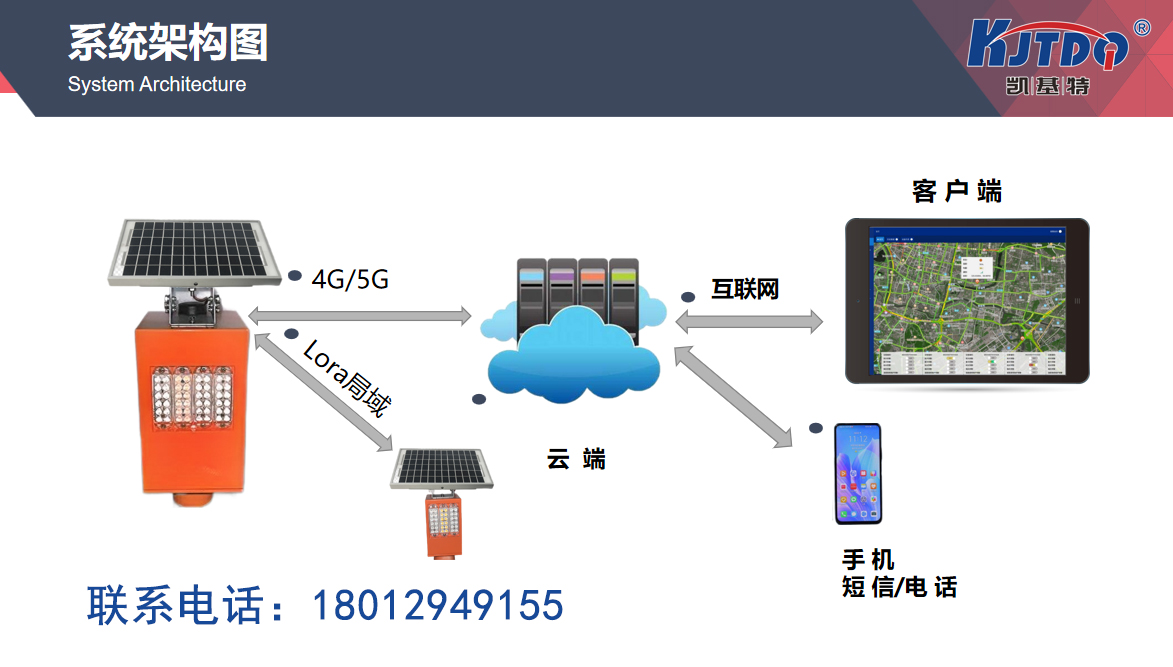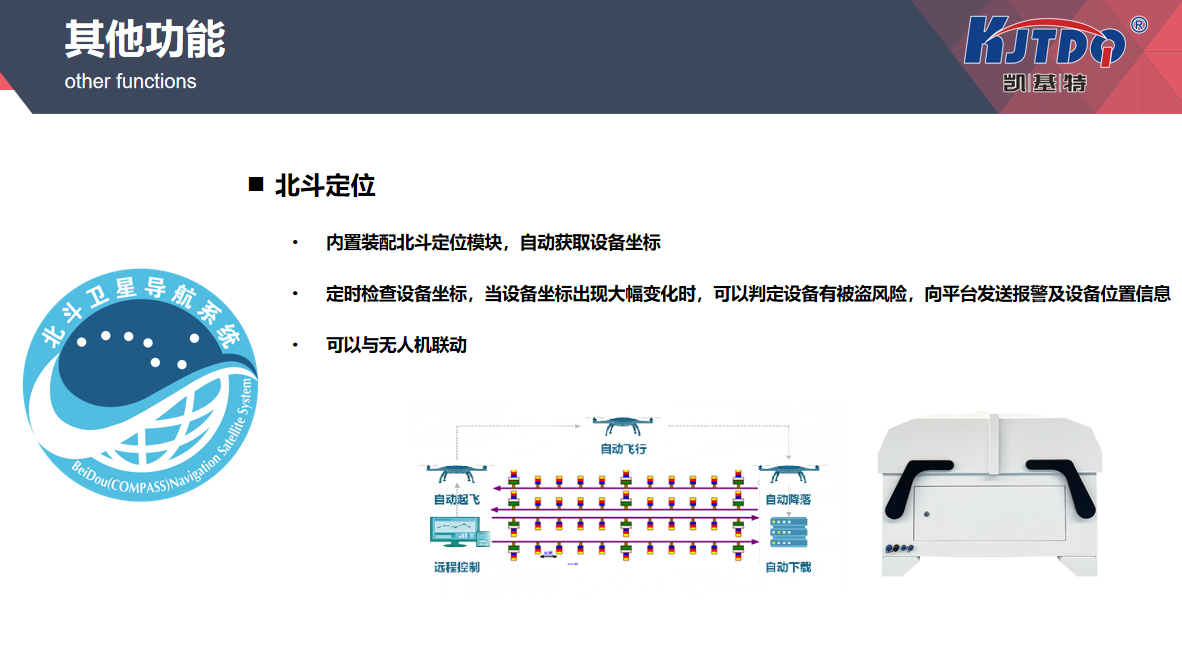Bridges are a key component of modern transportation networks, carrying countless traffic flows and important goods. However, with the passage of time and the increase in usage intensity, the structural safety of bridges is facing increasing challenges. To address these challenges, bridge structure prevention system technology has emerged. This technology not only enhances the safety of the bridge, but also effectively extends its service life. This article will delve into the key points of bridge structure prevention system technology and reveal how it safeguards bridge safety.

The core of bridge structure prevention system technology lies in real-time monitoring and early warning. The system utilizes various advanced sensors and monitoring devices to continuously track the structural status and environmental conditions of the bridge. These sensors can monitor various key indicators of the bridge, such as stress, strain, displacement, vibration, etc. By collecting and analyzing this data in real-time, the system is able to identify potential structural issues and issue warnings before they become serious. In this way, not only can timely maintenance and repair be carried out, but potential safety hazards can also be prevented from escalating into serious accidents.
In practical applications, bridge structure prevention system technology has demonstrated its powerful effectiveness. For example, in some bridge projects, after installing advanced monitoring equipment, the system can promptly detect small structural deformations and stress changes, thereby warning potential risks. Through these warnings, engineers can maintain and reinforce bridges before significant damage occurs, effectively avoiding potential accidents and losses.
In addition, the bridge structure prevention system technology also provides important data support for the daily management of bridges. By analyzing long-term data, engineers can identify the aging trend and potential problems of bridges, and thus develop scientific maintenance plans. This not only enhances the safety of the bridge, but also optimizes maintenance costs.
Although bridge structure prevention system technology has significant advantages, it also faces some challenges in practical applications. Firstly, there is the issue of technical cost. The cost of high-precision sensors and data processing platforms is relatively high, which may be a burden for some projects with limited economic conditions. Next is the issue of data management and analysis. A large amount of data requires effective management and analysis, and how to process this data and extract valuable information from it is an important issue in system design and application.
In the future, with the development of technology and the reduction of costs, bridge structure prevention system technology will become more popular and efficient. The new generation of sensors and data analysis technology will further enhance the performance of the system and strengthen the real-time monitoring capability of bridge structure status. In addition, the introduction of artificial intelligence and big data analysis technology will make early warning systems more intelligent and able to predict and identify potential structural risks more accurately.

The bridge structure prevention system technology plays a crucial role in ensuring bridge safety. Through real-time monitoring, data analysis, and warning mechanisms, this technology can not only timely detect and handle structural problems of bridges, but also provide scientific basis for long-term maintenance and management of bridges. Despite facing some challenges, with the continuous advancement of technology and the popularization of applications, the prospects of bridge structure prevention system technology are very broad. It will continue to safeguard the safety and reliability of bridges, ensuring the smoothness and stability of transportation networks.
1. How to ensure the safety of the bridge when the system malfunctions?
Bridge structure prevention systems are typically designed with redundancy and backup functions to address equipment failures or system issues. When the main system fails, the backup system can immediately take over to ensure continuous monitoring of the bridge. In addition, the system will conduct regular self checks and maintenance to detect potential fault risks in advance. In order to further ensure the safety of the bridge, the system will also cooperate with manual inspection and maintenance procedures to ensure timely manual inspection and intervention in case of system failures.
2. Is the installation process of bridge structure prevention system complicated?
The installation process of bridge structure prevention system is relatively complex, but it does not exceed the processing capacity of modern engineering technology. The installation process usually includes equipment layout, wiring, sensor calibration, and system integration. Despite the need for precise engineering measurements and technical support, a professional construction team and advanced installation equipment can ensure smooth installation. The complexity of the system is mainly reflected in ensuring the correct configuration and functional testing of all devices and sensors to ensure the effectiveness and reliability of the system.
3. How to ensure the data security of the bridge structure prevention system?
Data security is an important aspect of bridge structure prevention systems. Systems typically employ multi-level security measures to protect data, including data encryption, access control, and security authentication. In addition, security protocols are used during data storage and transmission to prevent data leakage or tampering. Regular system security checks and updates are also important measures to ensure data security and address potential network security threats.